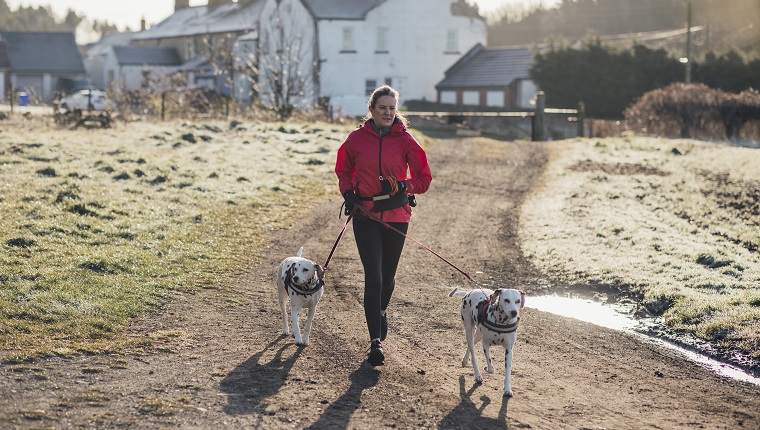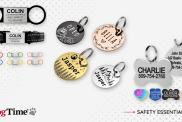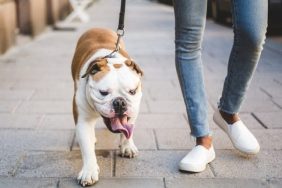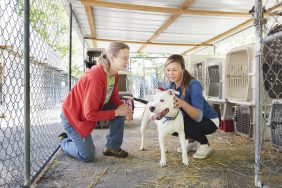Congratulations on taking up running with your dog! Canicross, as it’s known to lovers of the sport, is a great activity for dogs of all sizes, from little Jack Russell Terriers to larger breeds such as German Shepherds and Labradors.
One of the most important considerations when you decide to take up running with your dog is safety,…








